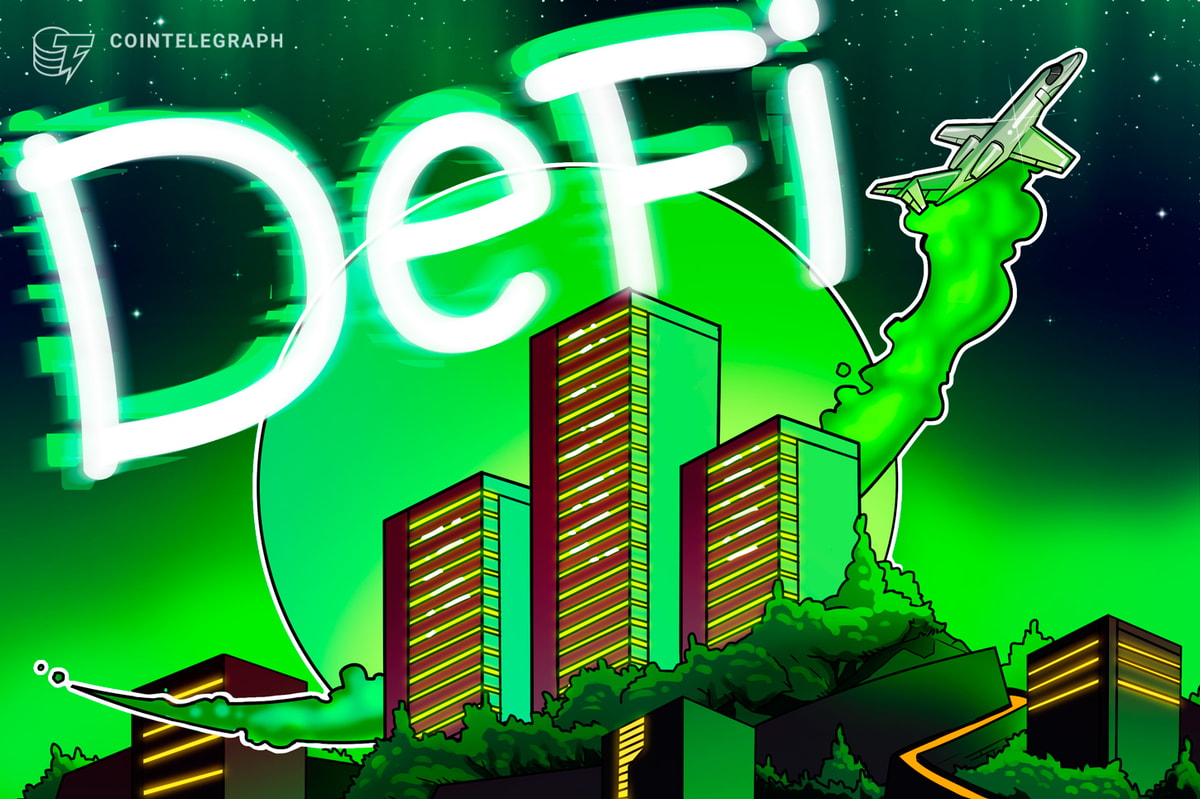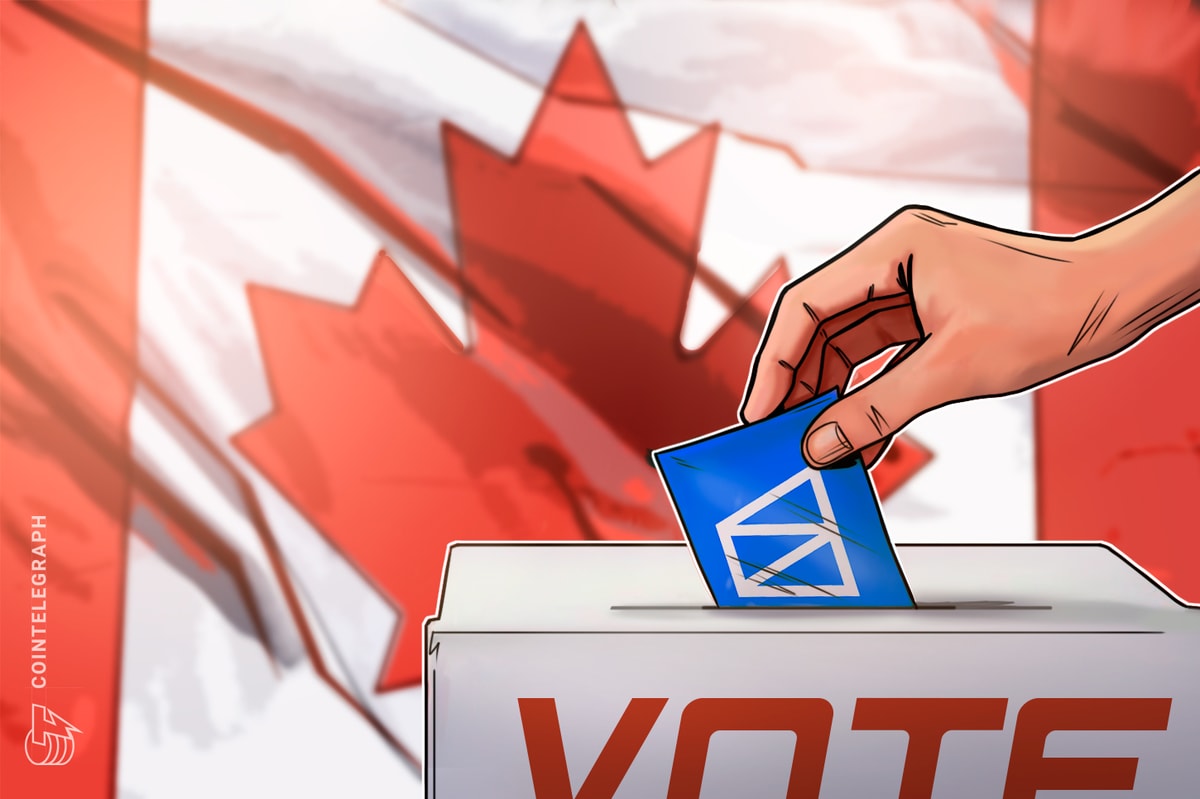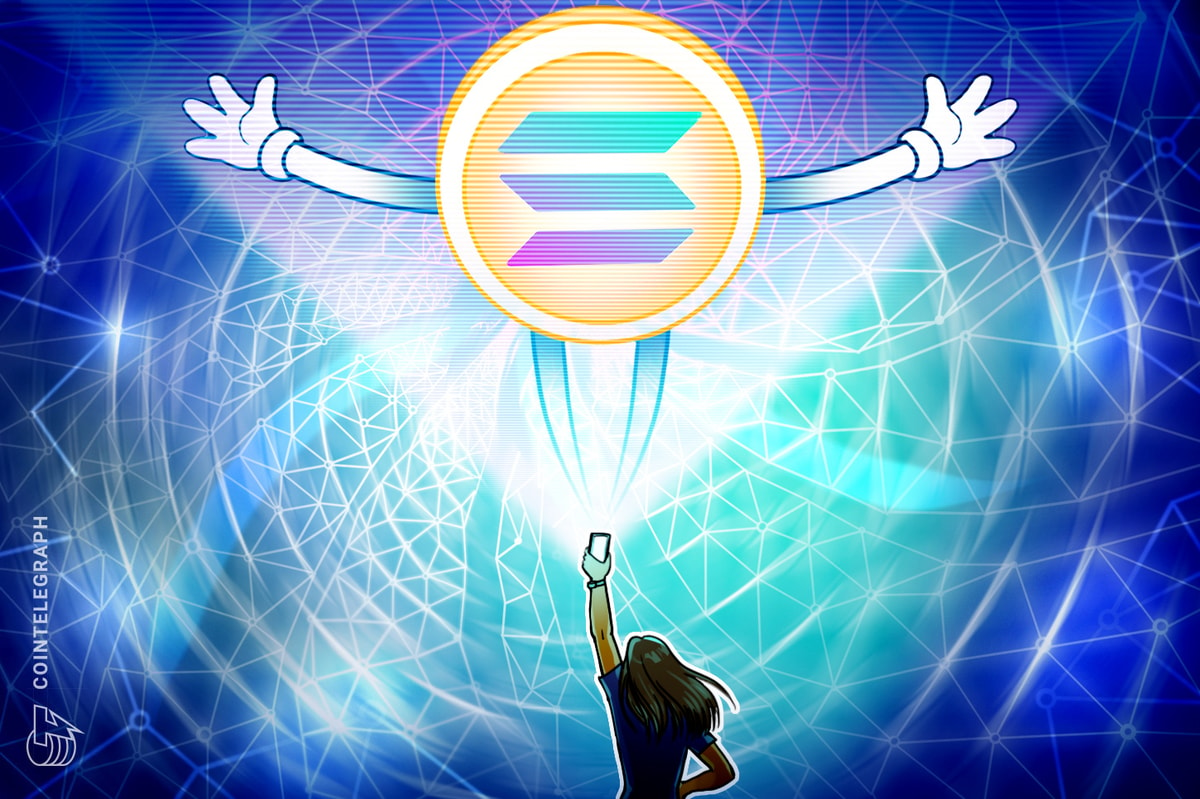
The most exciting part of financial planning these days is exposing, educating and incorporating bitcoin into clients’ portfolios. But the confusion starts when clients go out into the world to start purchasing and trading the currency by themselves. Most clients return with a list of questions about how to best purchase bitcoin, which exchanges are the most reputable, and whether it’s better to purchase through a BTM or from someone online, or if there’s another way to go about it.
Here is a brief analysis on three ways to purchase bitcoin in Canada (and it’s also applicable for citizens of other countries!). You will need a bitcoin wallet to use any of these methods.
Tip! Recommended bitcoin wallet: Blockchain
Tip!Please consult your financial planner or advisor before purchasing bitcoin to see if/where it fits into your financial plan.
BTMs: Bitcoin ATM’s
BTM’s are ATMs, but for bitcoin. The process is quite simple.
First, figure out if there is a BTM in your city (Google can help with this.) Next, go to your bank and withdraw the amount in cash that you will want to trade into BTC; because most, if not all, BTM’s do not currently allow us to use our debit or credit cards. We must still feed cash into the machine to buy bitcoin.
When you arrive at the BTM with your cash in hand, follow the straightforward instructions on the machine to verify your personal information. All financial transactions require what is called KYC compliance – “know your client” – so you will have to enter your mobile number, name, e-mail address, the like.
Next, link your wallet API key (example: 14BwoQ4d6kVZCkdCZnrnryjGeww8NzAVxQ) enter the amount of bitcoin you would like to buy, feed the machine the equivalent fiat (CAD, USD, etc) money, and you’re in! Congratulations! Ottawa, Toronto, Winnipeg and Vancouver are a few Canadian cities that currently have BTMs.
Pros: Very fast; very convenient.
Cons: Rates tend to be higher; BTM companies take a spread on the transaction; safety is challenging when carrying around large amounts of cash.
Tip!Consider bringing a friend with you when you go to the BTM if you are depositing a large amount of cash.
Peer-to-Peer:
This is really what Bitcoin was designed for – the direct transfer of value from one individual to another without a third party intermediary. You can buy and sell bitcoin to people by finding them through friends or on the internet. Use a site like Local Bitcoins to discover individuals who are willing to sell bitcoin to you. You can typically pay these individuals in person with cash (recommended!) or using many online methods, including Interac e-Transfer and wire transfers (but be careful, there are many reports of scams when it comes to online transfers.) That being said, Local Bitcoins is a Twitter community favourite and currently operates in over 5,280 cities and in over 215 countries, so there is likely a community near you to buy into.
Pros: Easy to find buyers/sellers. No fees. Ability to buy at different prices from a variety of different individuals. Many online and offline purchase options.
Cons: Sometimes people feel uncomfortable trading with others directly, due to lack of personal information. This lack of personal information can lead to law enforcement entrapments and potential fraud, scams and identity theft.
Exchanges:
Like buying and selling stocks, exchanges exist to buy and sell bitcoin and other cryptocurrencies. The most important part of using an exchange is really doing your research in deciding which exchange to use. Recently we have had some issues in the bitcoin world with two exchanges – Mt. Gox, which WAS located in Japan, and BitStamp, located in the UK; individuals were having problems taking their money out, and the sites suffered from what is called transaction malleability (which you can read more about here.)
Update!: Mt. Gox is now shut down. Please read here for a reputable Canadian exchange that you may want to consider. They allow you to send money from your bank account to their exchange.
Other exchanges that are popular include BTC-E and Coinbase. If you are a Canadian, you are unable to link your bank account to Coinbase.
Establishing an account with an exchange is similar to opening a stock account: sign up using your e-mail address, send in the required verification items (government issued ID, such as a drivers license, passport, SIN/SSN, etc.) and wait for your account to be verified. Some exchanges are now allowing us to link our bank accounts with their exchanges, but most will require you to wire money into them.
Tip! Once you’ve transacted into bitcoin or another currency, transfer your money out of the exchange and keep it in your own secure wallet.
Pros: Trade at any time, anywhere, usually in any amount. Assumed level of protection in working with a third party.
Cons: Fees. It takes time to open an account with a fairly lengthy verification process. Lack of regulation. If you don’t do your homework (or even if you think you have), you may still be subject to theft!
For more information, please visit How To Buy Bitcoins, We Use Coins or join our online community on Twitter! Use #bitcoin to get involved and talk directly with other bitcoiners!










